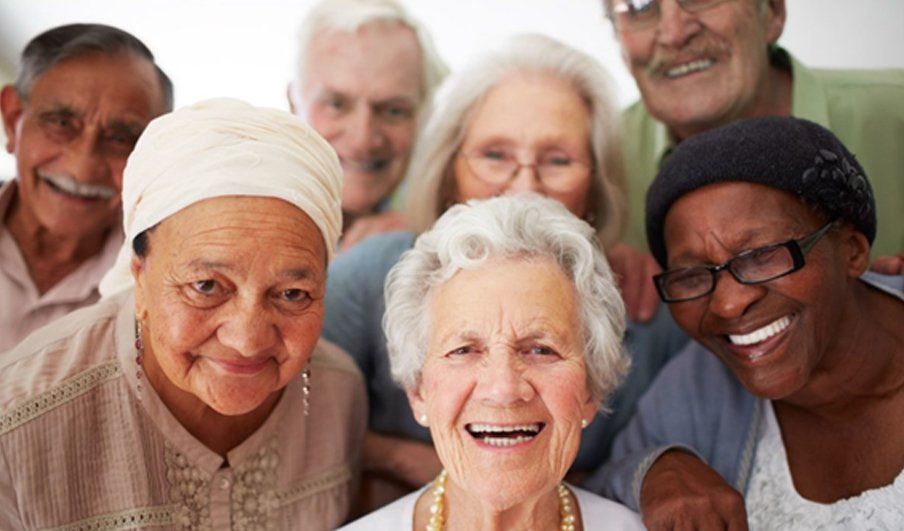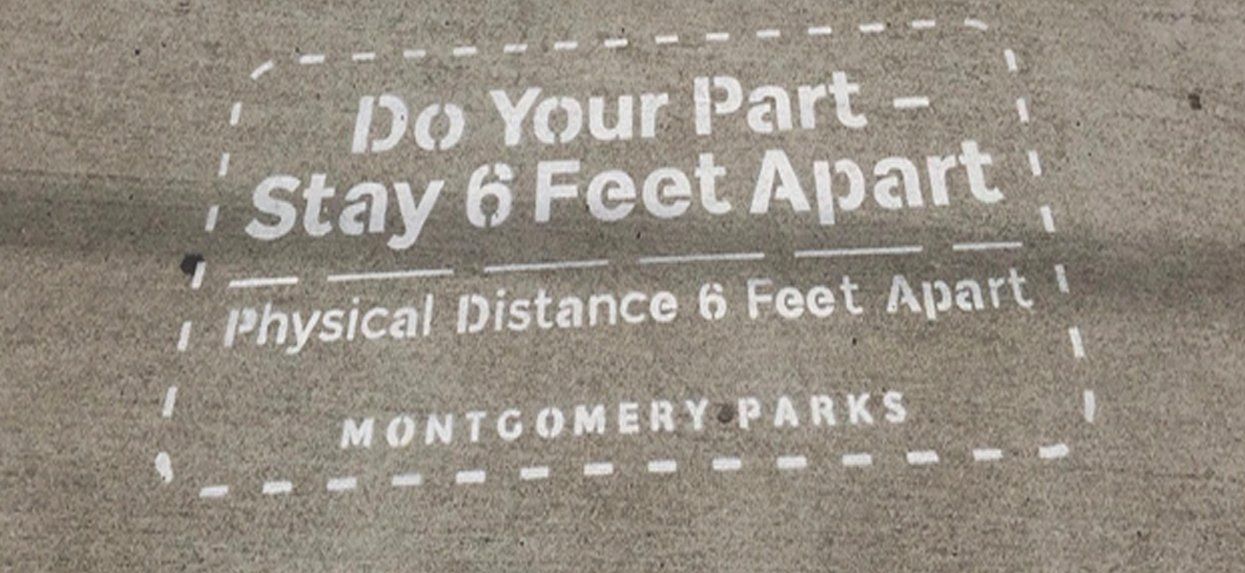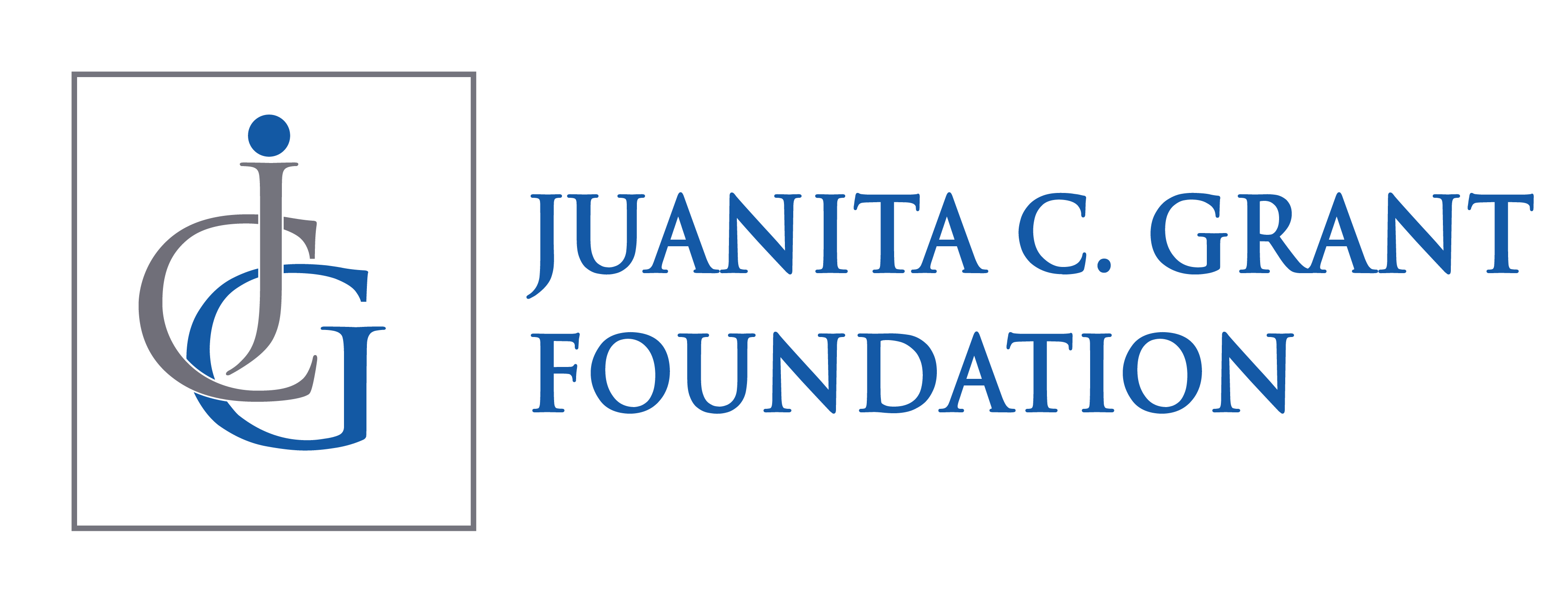Financial Fraud is Elder Abuse
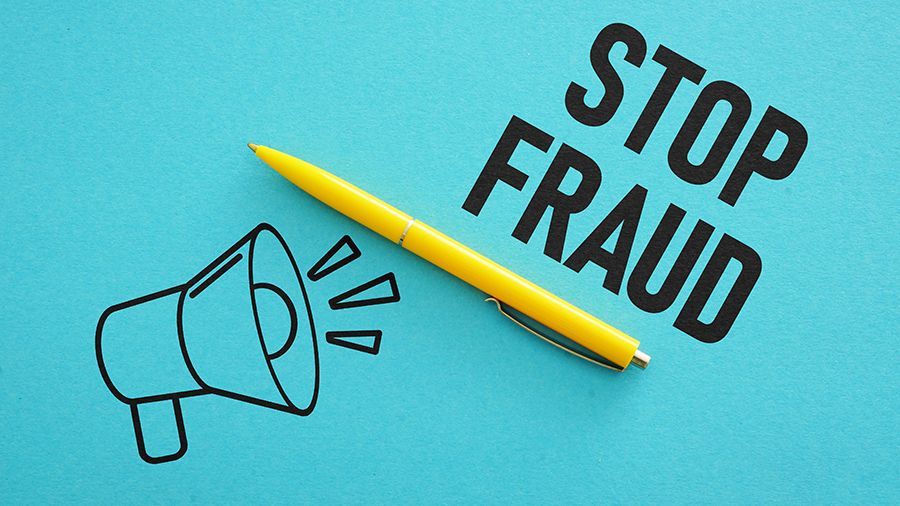
“Be aware, Be Prepared”
The Center for Disease Control and Prevention, defines elder abuse “is an intentional act or failure to act that causes or creates a risk of harm to an older adult.” Scammers are targeting older adults at an alarming rate. During our Elder Abuse and Fraud Prevention training sessions, our law enforcement partners have shared with the audience that there is no way to litigate fast enough to eliminate the crisis. Just think, as reported by the National Center on Elder Abuse, 1 out of 10 older adults 60+ will experience some type of financial scam this year. There are many stories of financial ruin that go unreported due to embarrassment and a sense of shame for having been susceptible to the scam.
The 2024 tax filing season began January 29th. Tax season is a particularly ripe time for scammers to use pressure and deceptive tactics for financial gain. Here are some red flags and concrete steps to take to keep you safe:
- Never, ever be pressured or convinced to sign a blank tax form.
- Make certain your refund goes to your account, not your tax preparer’s
- Be alert for tax preparers making claims they can secure larger refunds than most preparers or who require the tax prep fee as a percentage of your tax refund.
- Check the credentials of the tax preparer. Use a reputable tax professional who signs and enters a preparer tax identification number (PTIN) on your tax return and provides you with a copy of the return for your records.
- Protect your personal and financial information. Don’t click links or open attachments in unsolicited emails or text messages about your tax return or those claiming to be from the IRS. These messages are fakes and could compromise your personal financial information.
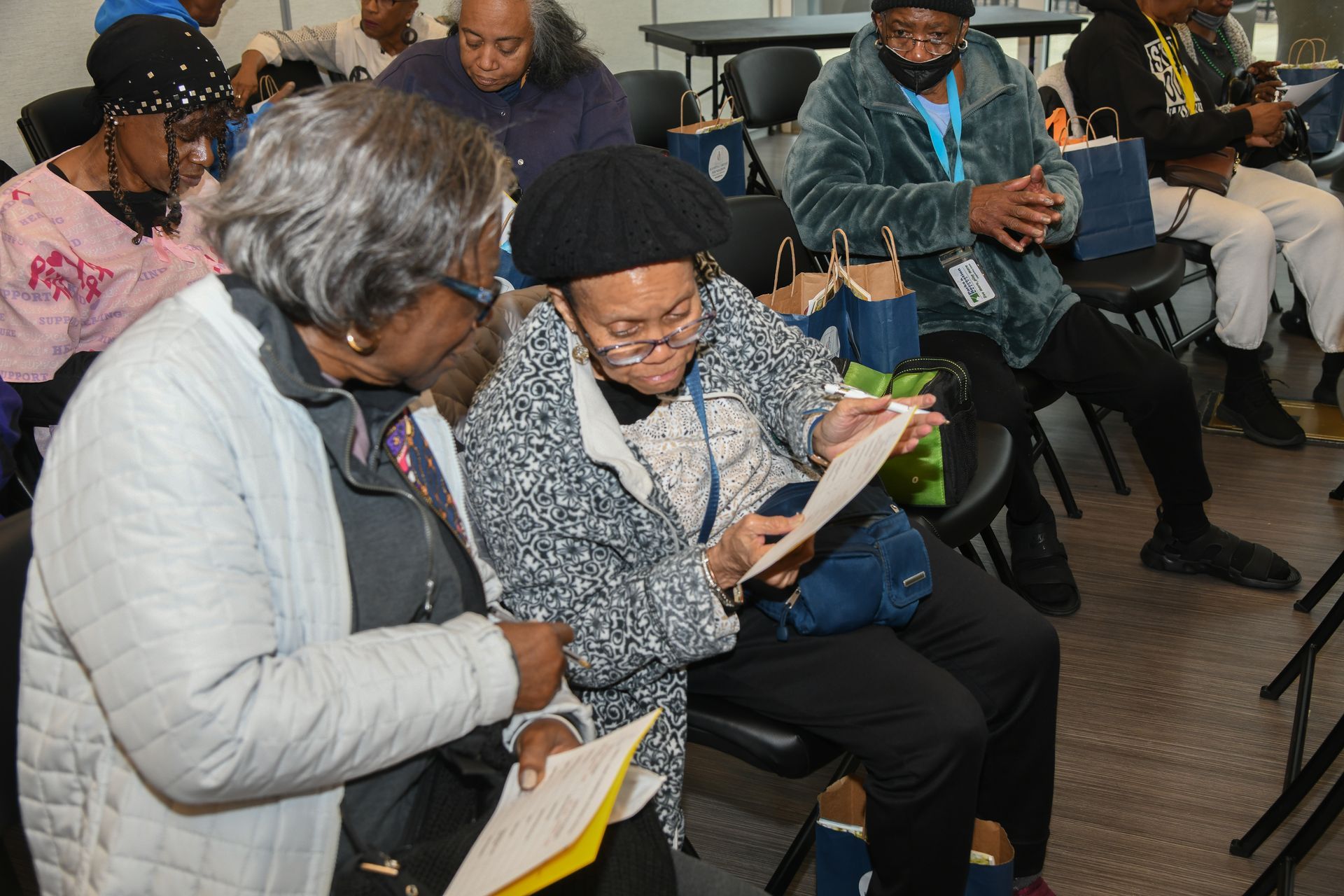
Our Call To Action!!! We ask you to REPORT fraud to law enforcement. Submit Department of Treasury IRS Form 3949-A, Information Referral on line, if you suspect an individual or a business is committing fraud.
“We are all aging. Together we can prevent abuse.”
S. ORLENE GRANT, RN, BSN, MSN
President and CEO
Must Read Newsletter
Sign up for news and events
Newsletter
Most Popular


